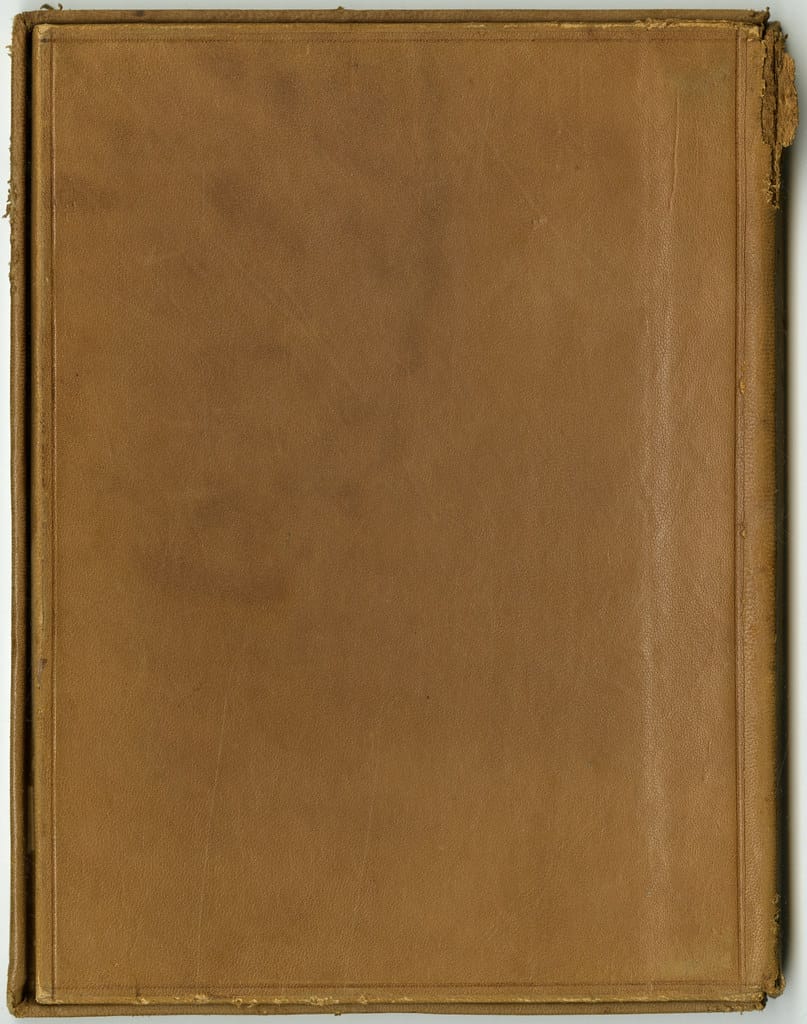AI Writing Tools Leave Digital Fingerprints on 10% of Scientific Papers, Massive Study Reveals
A groundbreaking analysis of over 14 million scientific papers has uncovered a startling reality: artificial intelligence writing tools are quietly reshaping academic publishing, with their digital fingerprints detected in approximately 10% of recent research papers. This discovery raises profound questions about transparency, authenticity, and the future of scientific communication.
The Scale of AI Integration in Academic Publishing
Researchers at Stanford University conducted the largest-ever analysis of AI usage in scientific literature, examining papers published between 2010 and 2024 across major academic databases. Their findings reveal that AI-assisted writing has surged dramatically since 2022, coinciding with the public release of advanced language models like ChatGPT and GPT-4.
The study identified telltale linguistic patterns that suggest AI involvement, including:
- Unusually uniform sentence structures
- Overuse of certain transitional phrases
- Repetitive vocabulary patterns
- Subtle grammatical constructions typical of large language models
In computer science papers, the detection rate reached nearly 25%, while medical journals showed approximately 15% AI involvement. Even traditionally conservative fields like physics and chemistry exhibited detection rates of 5-8%.
The Telltale Signs of AI Assistance
The research team developed sophisticated algorithms to identify AI-generated content by analyzing linguistic fingerprints that human writers rarely produce consistently. These include:
Vocabulary Patterns: AI tools tend to favor certain words and phrases, creating subtle but detectable repetition across different papers. Terms like "delve," "furthermore," and "comprehensive analysis" appeared with statistically unusual frequency in flagged documents.
Sentence Flow: While human writing typically varies in sentence length and complexity, AI-generated content often maintains unnaturally consistent patterns, even when discussing complex scientific concepts.
Citation Behavior: Papers with suspected AI involvement showed distinct citation patterns, including unusual clustering of references and atypical formatting consistency.
Journal Response and Detection Challenges
Major scientific publishers are now grappling with this revelation. Nature Publishing Group reported implementing new detection protocols after the study's preliminary findings, while the Journal of the American Medical Association announced updated guidelines requiring authors to disclose AI assistance.
"This isn't necessarily about catching cheaters," explains Dr. Sarah Chen, the study's lead researcher. "It's about understanding how AI is changing scientific communication and ensuring transparency in the research process."
The challenge lies in distinguishing between different levels of AI involvement. The study couldn't differentiate between papers entirely written by AI, those using AI for editing and grammar correction, or research genuinely assisted by AI tools for data analysis and synthesis.
Implications for Scientific Integrity
The findings have sparked intense debate within the academic community. Proponents argue that AI tools can help researchers communicate complex ideas more clearly and overcome language barriers, potentially democratizing scientific publishing for non-native English speakers.
Critics worry about the erosion of authentic scientific voice and the potential for AI to introduce subtle biases or inaccuracies that human reviewers might miss. There are also concerns about the reproducibility of research if AI tools are used without proper disclosure.
Dr. Michael Rodriguez, editor-in-chief of the International Journal of Scientific Ethics, notes: "We're not dealing with a crisis, but we are witnessing a fundamental shift in how scientific knowledge is communicated. The key is ensuring this transition maintains the integrity and trustworthiness of scientific literature."
The Path Forward
The study's authors recommend several immediate actions for the scientific community:
Transparency Requirements: Journals should mandate disclosure of AI tool usage, similar to current requirements for funding sources and conflicts of interest.
Updated Guidelines: Academic institutions need clear policies distinguishing acceptable AI assistance from academic misconduct.
Detection Evolution: As AI tools become more sophisticated, detection methods must evolve to maintain oversight without stifling legitimate innovation.
A New Era of Scientific Communication
This research marks a pivotal moment in scientific publishing. Rather than viewing AI involvement as inherently problematic, the academic community must develop frameworks for ethical AI integration that preserve scientific integrity while harnessing technology's benefits.
The 10% detection rate likely represents just the beginning. As AI tools become more sophisticated and widely adopted, transparent policies and robust detection methods will be essential for maintaining public trust in scientific research. The future of academic publishing depends on striking the right balance between innovation and authenticity.
The full study findings are available in the latest issue of Digital Science Review, providing detailed methodology and comprehensive data analysis.
